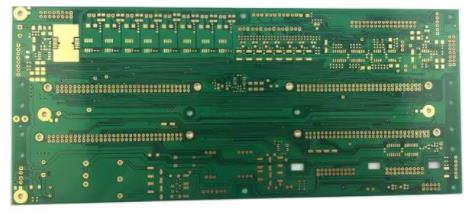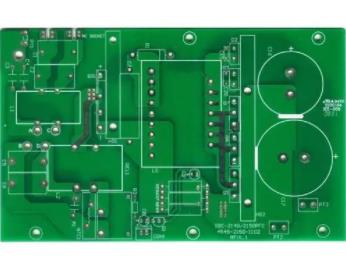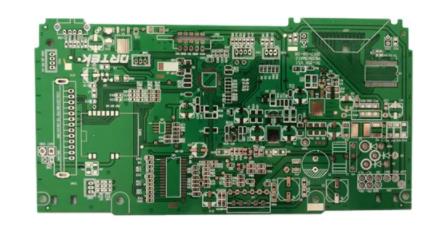
What is the difference between Rogers RO4350B and RO4835?
PCB manufacturers, PCB designers and PCBA manufacturers explain to you the differences between Rogers RO4350B and RO4835?
RO4350B hydrocarbon ceramic and RO4835 hydrocarbon ceramic are both RO4000 series materials and belong to civil series. RO4000 series are hydrocarbon resin and ceramic filler laminate materials, which are compatible with FR4 mixed pressure, FR-4 processing technology and lead-free welding technology, ensuring that PCB processing plants only need to have lower processing capacity, reduce customers' PCB processing costs, and their low loss (dielectric loss (Df) 0.0037@10GHz ), better temperature stability of dielectric constant (50 ppm/° C@-50 ° C to 150 ° C). Compared with traditional PTFE materials, it has better heat treatment capacity (heat dissipation coefficient 0.6W/m/° K) and low Z-axis thermal expansion coefficient (31 ppm/° C) to improve the reliability of through-hole. It can ensure the excellent electrical performance required by the radar front-end and antenna at 24GHz. Moreover, it is UL 94V-0 flame retardant material, which further contributes to the safety of radar system.

The biggest difference between the two is that RO4835 is added with antioxidant, which is 10 times higher than that of traditional thermosetting materials, and meets the requirements of IPC-4103 (Specification for Base Materials for High Speed and High Frequency). Rogers RF plate RO4835 added antioxidant material, which is stronger than RO4350B. In addition to the difference between Dk and Df, the temperature characteristics of products with glass cloth are relatively poor, requiring high temperature range of products. The coefficient of thermal expansion becomes worse, especially for the z-axis, and the number of product layers will decrease. The phase characteristic of high frequency is relatively poor, and the products with strict requirements on phase should be avoided. The advantage is that the dimensional stability, hardness and water absorption of the product are relatively good.
The working frequency of the 24G security radar system is 24 ~ 24.25GHz, with a total working bandwidth of 250MHz. The FMCW waveform is used to work. Due to its high frequency and short wavelength, the RF front-end and antenna of the radar system can only use high-frequency microwave materials. The security industry is full of competition, which makes the high-frequency microwave materials not only have good performance, but also have moderate price, That is to say, high frequency microwave materials with high cost performance ratio are needed.
ROGERS, an internationally famous manufacturer and R&D manufacturer of high-frequency microwave materials, focuses on introducing RO4350B hydrocarbon ceramics and RO4835 hydrocarbon ceramics as high-frequency microwave PCB materials for the 24G security radar market in different use scenarios. PCB manufacturers, PCB designers and PCBA manufacturers explain to you the differences between Rogers RO4350B and RO4835?







